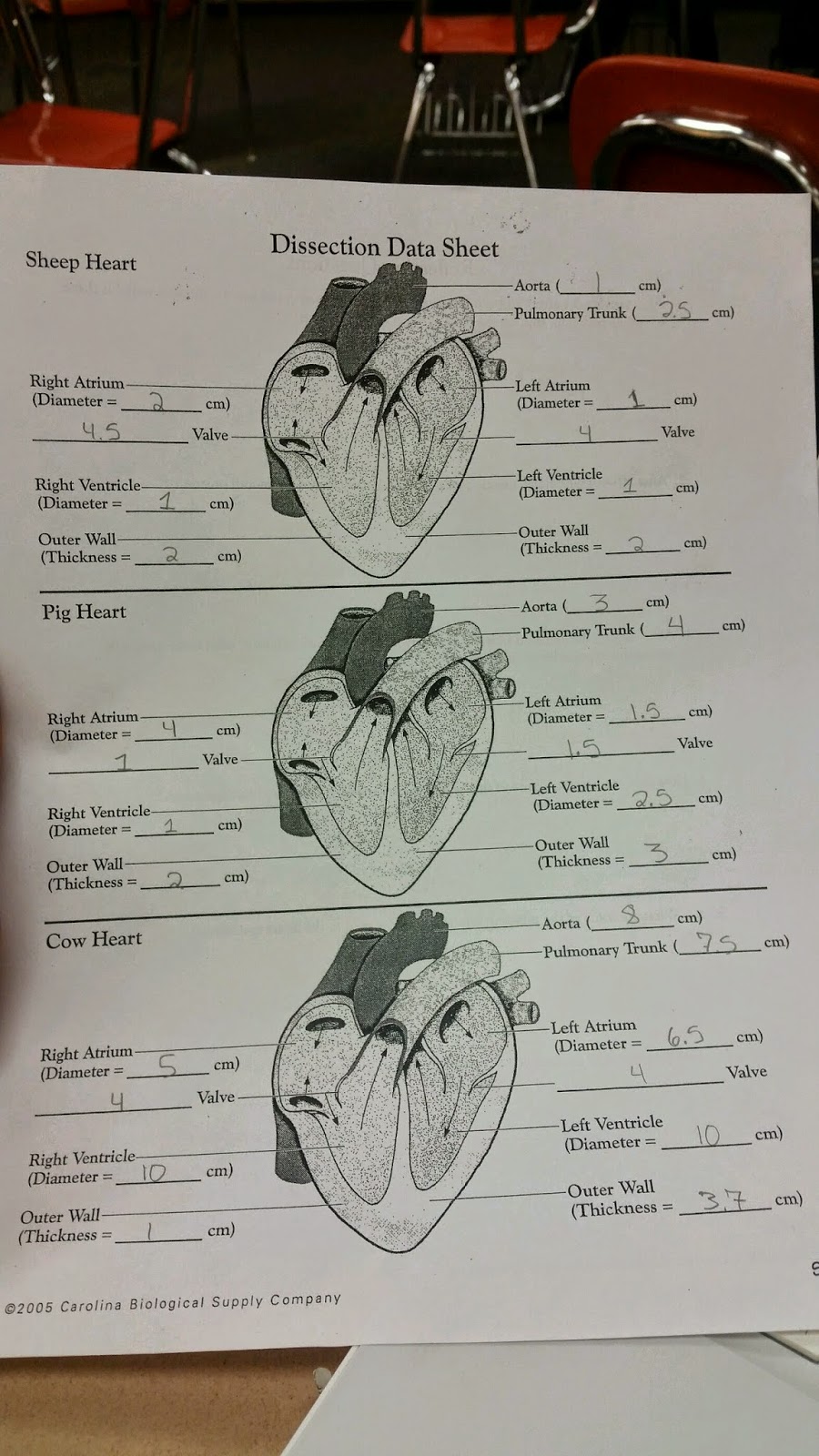Part One: Create a model or other representation of skeletal muscle anatomy that shows the different levels of structure from the body of the muscle all the way down to the microscopic structure of the muscle fibers, including the banding patterns visible under high magnification.
My group and I decided to create a cake as our model with different color liquorish.
The black side liquorish represented the Z Disc/Sarcomere.
The blue liquorish represented the thin (action) filament.
The red liquorish represented the thick (myosin) filament.
The green liquorish represented the M line.
Thick Filament: is made up of protein myosin only, it lies only in A-band. It is bisected by a proteinaceous line called M-line.
Thin Filament: is made up of proteins-actin, tropomyosin and troponin, it is bisected by proteinacious line called Z-line and lies both in A and I band.
Z Disc: is the center of the I band. The Z Discs re at each end of the Sarcomere.
Sarcomere: is a structural unit of a myofibril in striated muscle, consisting of a dark band and the nearer half of each adjacent pale band.
M Line: is the center of the H Zone, which is the center of the Sarcomere.
Part Two: Choose one of the following physiological processes to study and learn about. Create an online tutorial, movie, or animation that will help others learn about how muscles work.































